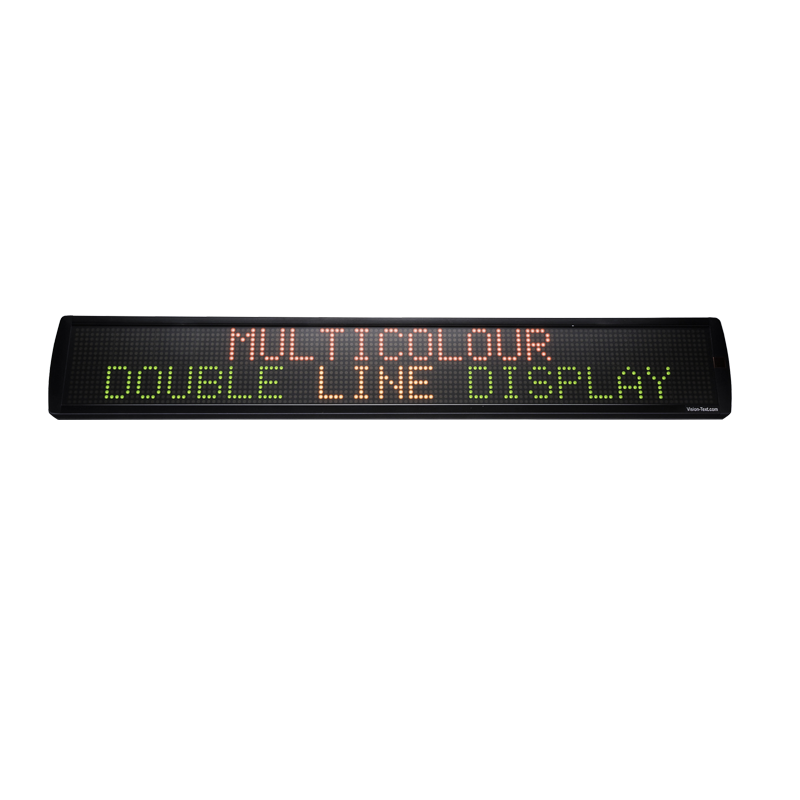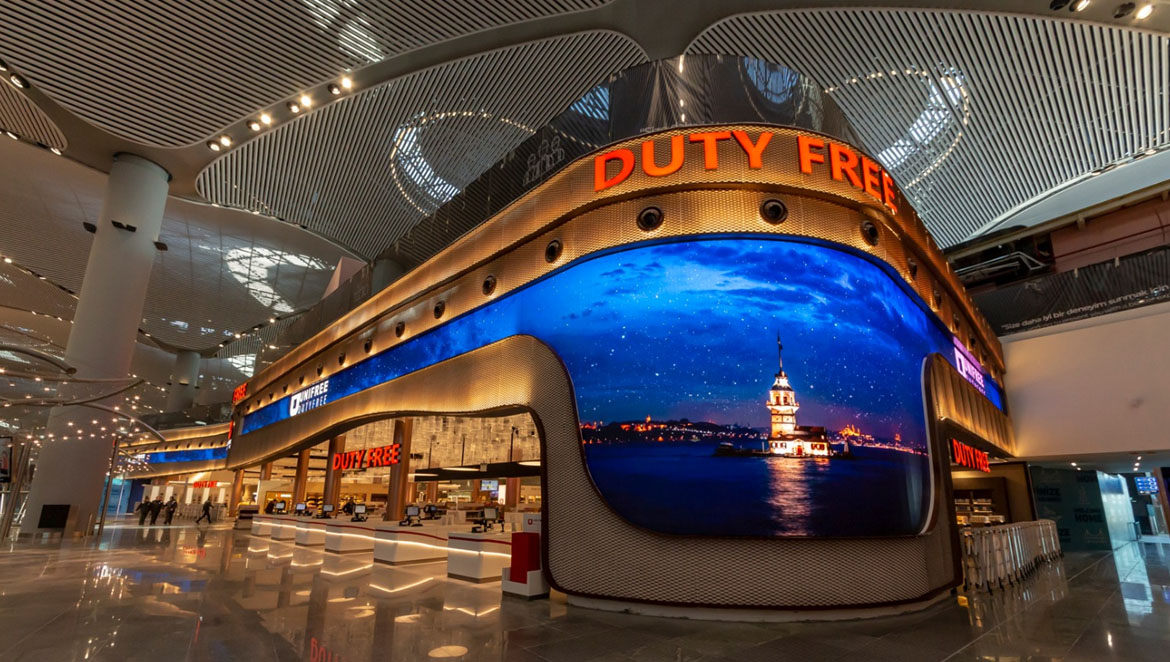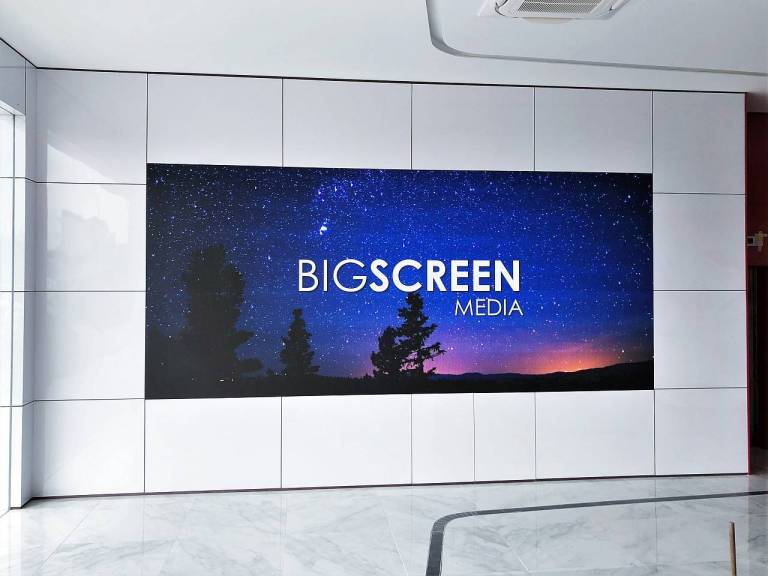Best Facts On Deciding On Lightweight Led Screen
Wiki Article
What Is The Importance Of The Importance Of Pixel Pitch And Resolution When Researching Led Displays?
When researching LED displays, resolution and pixel pitch are two important aspects to be considered. These two factors directly affect the clarity, details and overall impression of the display. What makes them so crucial:
1. Image Quality
Pixel Pitch - Pixel pitch is the space between the LED center and its neighboring pixel. The smaller the pixel pitch, it means that LEDs are more closely separated, which leads to greater resolution and higher density of pixel. This leads to clearer images with greater details, which are particularly important for text or content that has finer detail.
Resolution: The number of pixels is displayed on the screen. It is usually expressed in the form of height and width (e.g. 2048x1080). A higher resolution display is able to be more detailed and creates a more immersive experience, particularly important when large screens are used and viewers are situated close to the display.
2. Viewing Distance
The pixel pitch is in direct correlation with the ideal distance to view. A smaller pixel size (and consequently a greater resolution) are essential for displays that are intended to be viewed at close range. This includes indoor screens, such as those that are used in retail stores, or for exhibitions. In contrast, for outdoor billboards and large-scale displays which are seen from a distance a larger pixel pitch might suffice as the individual pixels are less apparent from a distance.
3. Content Versatility
Displays that have a smaller pixel size and higher resolution can display a wide variety of content. This includes high-definition films complex graphics, as well as smaller text. This versatility can be crucial in applications like broadcast studios, digital signage as well as control rooms.
4. Cost implications
The cost of a display is significantly higher when the pixel pitch is decreased. Because of the larger quantity of LEDs required screen with larger resolution will cost more to make. Thus, it's essential to balance the need for high resolution and the budget, taking into consideration the purpose and the viewing distance.
5. Application Specificity
The importance of resolution and pixel pitch may differ based on the specific application:
Indoor Displays - Often smaller pixel sizes are required (e.g. between 1.2mm between 1.2mm and 2.5mm) for indoor displays to keep high resolutions in close distances.
Outdoor Displays (e.g. 10mm or 4mm pixels): These displays are usually viewed from a distance and therefore a high-resolution is not as crucial.
6. Langevity and upgradability
The display's pixel pitch decreases as technology advances, which allows higher resolutions to be displayed in smaller areas. By investing in a display that has the highest pixel pitch can ensure that it remains useful and efficient over a longer period of time, reducing the requirement for regular updates.
Conclusion:
Pixel pitch, resolution, and viewing experience are all important factors in the performance of LED display, especially in relation to image quality and versatility of content. Consider your budget, your target audience, and the purpose of your display when selecting LED displays. Take a look at the recommended 3d led display for blog examples including led screen rental, led panel transparent, transparent led panel, outdoor led screen display, tv led wall, transparent led panel, led screen transparent, transparent display monitor, led screen display rental, led screen and more.

What Is Important When Choosing Led Displays For Viewing Angles?
It is important to think about the viewing angle when looking into LED displays. This is especially true when the display can be seen by different individuals from different angles. The reason why viewing angles is crucial:
1. Uniform Image Quality
Definition: The LED display's viewing angle is related to the highest angle that a satisfactory display performance can be seen (normally in terms or the brightness and consistency of color). The viewing angle is determined in both vertical and horizontal directions.
Important A wide viewing angle will ensure that the image stays unchanged regardless of what place the viewer sits relative to the display. It means that the brightness and colors will not change when viewing above or below, from the sides.
2. Audience Experience
Impact of Large Venues. Large venues, such as stadiums, concert halls or conference centres, audiences are spread over a huge space. Screens with a narrow viewing angle can result in low visibility and lower image quality for viewers seated at sharp angles to the screen. This leads to a subpar user experience.
Application: When large-scale display or events are planned where people will be in a large arc surrounding the display, it is important to have a wide field of view to ensure that everyone can see an appealing and clear image.
3. Applicability to Public Spaces
Public Displays: In locations such as shopping centres, transportation hubs or outdoor advertising, the angle from which people view the display is crucial, as people will view the display from a variety of angles. A small viewing space would restrict the ability for the display to be engaging and attract passersby.
Application A wide view angle is perfect for digital signage in public areas. This increases their reach and allows the content to be seen from multiple angles.
4. Content Consistency
Color and Brightness Uniformity - A display with an unsatisfactory viewing angle could show color shifting, or a drop in brightness when viewing off-center. This inconsistency is particularly problematic in relation to content that is brand-related, and where the accuracy of color can be critical.
Application: If brand identity and uniformity of color are essential such as in retail display or corporate environments Wide-angle viewing angles will ensure that your display will maintain its appearance from every viewing location.
5. Installation Flexibility
Flexibility when installing: A display which has a wide viewing area allows for more flexibility. For instance, it allows more creative placement options like wrapping the display around columns or putting it in areas where viewers can view from different directions.
Application Wide viewing angles are ideal for LED displays used in creative or architectural applications such as those in galleries, museums, or other immersive environments. They can be used to create greater creativity, but without compromising on the user's experience.
6. Performance in Renting and Staging
Event Settings for rental and staging display, which are set up in a variety of settings and locations and in various locations, having a wide view angle is essential to ensure that the display will perform efficiently in every setting and maintain the same level of quality regardless of audience position.
Application for concert or trade show in which the audience can be moved around or the display is viewed from different locations, a broad viewing angle ensures that all attendees have a clear and engaging perspective of the display.
7. Impact of ROI
Maximizing Visual Impact Wide-angle displays is more appealing to an audience that is larger and can increase its impact as well as return on investment. It is crucial to maximize visibility for display screens or advertising which provide information.
Application: When it comes to commercial displays, it could be beneficial to ensure the display is easy to see from all angles. This can increase participation and, in turn, the effectiveness.
Conclusion:
The viewing angles are an important factor that directly affects the efficiency of an LED display. This is crucial when there is a large audience, displays that may be seen from different angles, or when it is crucial to maintain consistency in the content. A wide viewing angle is essential when you are researching LED displays so that the display is able to meet your application's needs and provide an enjoyable viewing experience for all. Have a look at the top led rental screen for more tips including led screen rental, led a board, led transparent screen, led screen transparent, digital display, led display rental, transparent led display screen, transparent led screen, led in the wall, outdoor led monitor and more.

What's The Purpose Of A Content Management System?
When researching LED displays compatibility and Content Management System (CMS), are crucial to take into consideration particularly in cases where the content is required to be frequently updated, managed at multiple locations or integrated with different digital systems. CMS compatibility and content management are crucial for LED displays.
1. Content Management is simple
CMS Features: A powerful CMS lets you easily make, schedule and manage your content on your LED displays. It is a user-friendly platform to upload content and organize playlists. You can also plan the display time.
Importance : For businesses that need to update the content frequently (such as retailers or advertising networks), a robust CMS can simplify operations, reducing time and effort to manage displays.
2. Flexible Remote Controls, Remote Control
Remote Management - A great CMS can be managed remotely this means that content can be updated from anywhere. This is particularly important for organizations that operate multiple displays across various sites because it provides central control as well as ensuring consistency in the way that messages are sent out.
Application Remote management is essential in situations such as corporate communications and digital signage networks, or educational institutions that have display screens spread across various places. They are also necessary for maintaining a consistent and efficient distribution of content.
3. Scheduling, Automation and Automated Workflow
Content Scheduling. A CMS with ability to schedule content lets you plan content ahead of time and ensures that the correct messages are shown at the right timing. This is useful for targeting particular audiences at specific periods of the day, or during special events.
Automation: Automated update of content reduces time and guarantees that the content is updated regularly. This is especially beneficial in environments that are dynamic, such as airports, hotels or large locations.
Automating and scheduling functions within the CMS are essential to businesses that must maintain content at all times for example, large retailers and news broadcasters, transportation hubs, etc.
4. Compatible with Existing Systems
Integration is crucial for an efficient operation. CMS that is able to be integrated into various other systems and tools like analytics tools, software for creating content, CRM systems or tools to manage customer relations can add value.
Application: In situations where digital signage is required to connect to other systems, like smart cities, retail settings with integration of customer data, or even large corporate networks The compatibility of the systems ensures a smooth operation and maximizes the performance of LED displays.
5. Scalability
Future Expanding. A flexible CMS can grow with your requirements, allowing you the ability to easily add additional displays, manage huge content libraries, or even expand to other areas without needing a complete overhaul of your system.
Application: Businesses who plan to expand such as hotels, retail chains or multinational corporations, can make use of a scalable CMS so their digital signage system will be capable of growing with them.
6. Content Variety and Support
Content Types: A CMS should be able support a variety of formats for content including images, videos as well as texts. Interactive content is also supported. This flexibility permits the creation of stimulating, diverse content that is specific to the audience you are targeting.
Application Multi-content support is crucial in settings where the diversity of content is required like educational institutions and entertainment venues.
7. Security and User Access
Role-based access: CMSs that provide access control based on role allow different levels of permissions to be granted to different users. This is crucial to ensure only authorized personnel are able to modify important content.
Security: A CMS with strong security is crucial to shield the user from access by unauthorised persons. Unauthorized access can lead to inappropriate or damaging information to be shown.
Access and security options based on roles are vital for organizations with multiple users who manage their own content. This includes universities, large corporations and government agencies.
8. Content is updated in real-time
Live Content Integration Some applications can benefit greatly from the ability of the integration of live feeds and changing content in real time (such the social media, live news or coverage of events). This is especially important in live broadcasts, events or any other situation in which it is necessary to have timely content.
Application: In settings like news stations, sports arenas, or live event venues live content updates in real time ensure that the audience receives the most up-to-date information, increasing the value and impact of the display.
9. Analytics and Reporting
Performance Metrics. An effective CMS should have the ability to analyze and report on your content. This will allow you to monitor your content's performance. Understanding viewer interaction, content efficiency and ROI is crucial for optimizing the future content.
Application: For business who rely on data for making informed decisions, such as retailers, retailers, or public systems of information Analytics and reporting capabilities are crucial to understanding and optimizing the effectiveness and impact of digital signage.
Conclusion:
The success of a LED display strategy relies on a solid CMS capable of handling huge quantities of content and is the highest level of compatibility. They facilitate content management, allow seamless integration of existing systems, and offer the capacity to grow with evolving and various applications. When you are looking for LED display options, you should be looking for an CMS that is compatible with the requirements of your organization, and offers various types of content and offers robust security. Furthermore, it should provide tools that allow effective delivery of content, as well as performance tracking. These features will enhance the performance and effectiveness of LED displays and increase their ROI. View the top rated flexible led panels for site info including display screens, led rental screen, led screen rental, outdoor display led, led wall, wall tv led, rental led display screen, flexible led screen, led screen display rental, video wall tv and more.
